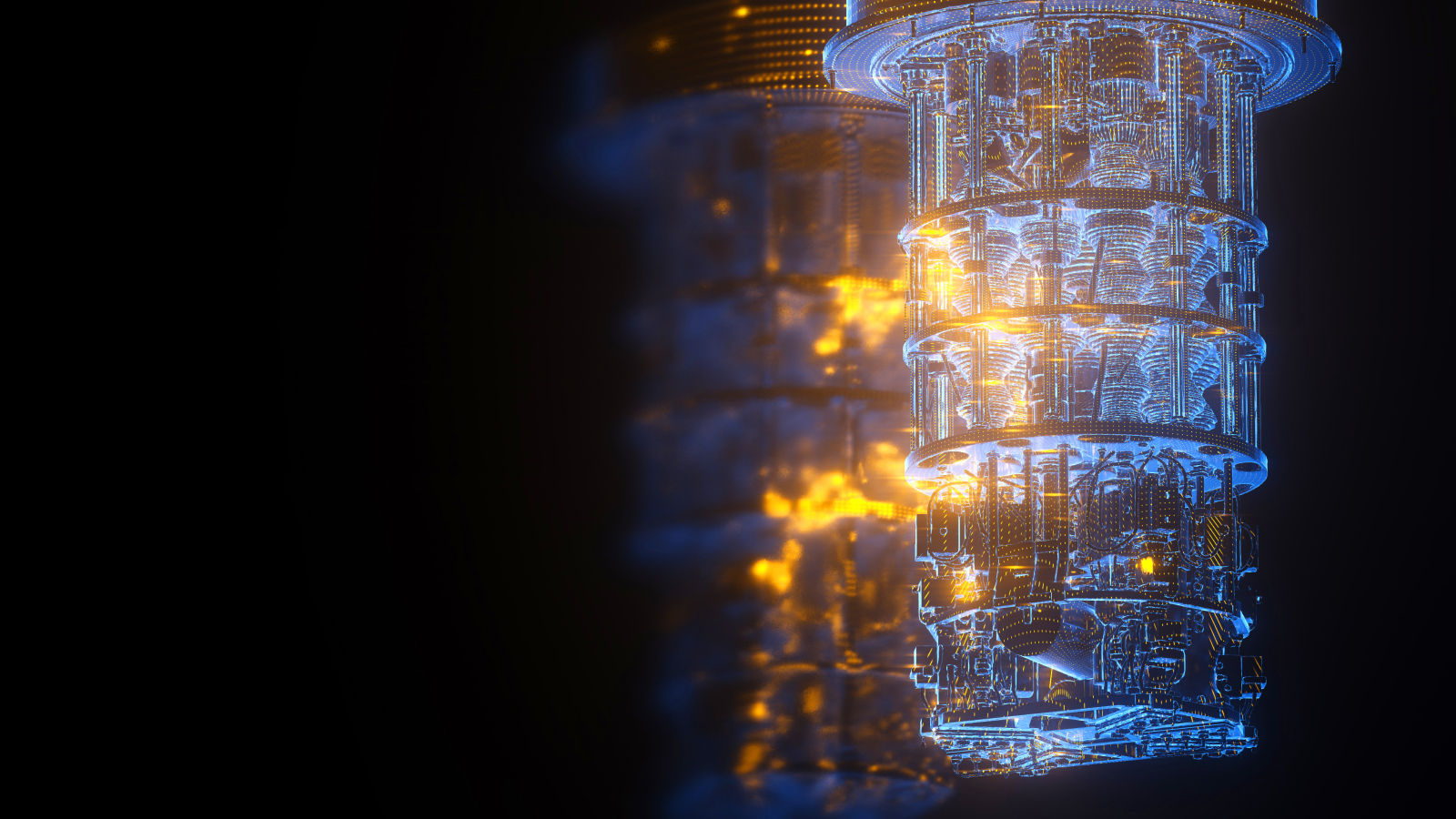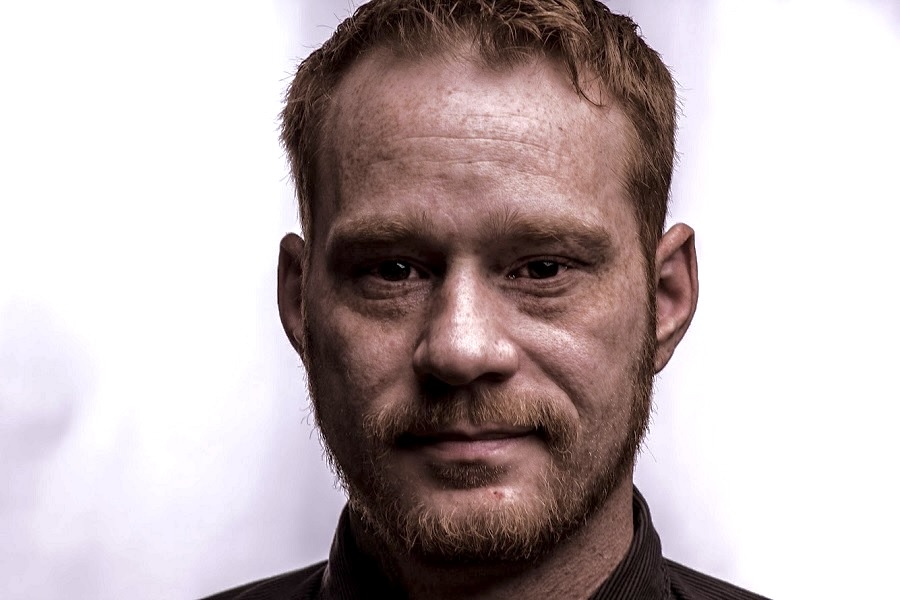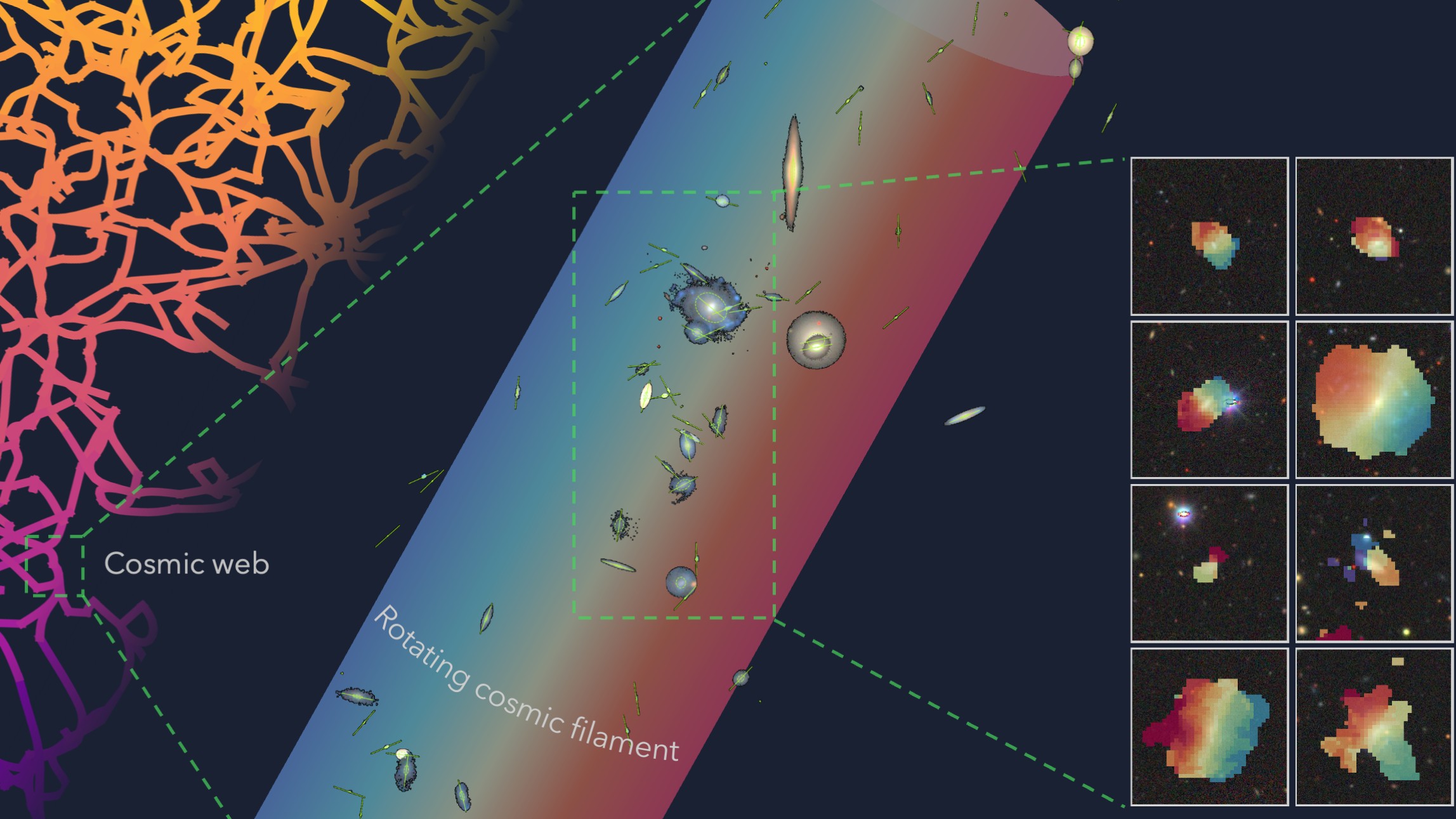Quantum computing 'lie detector' finally proves these machines tap into Einstein's spooky action at a distance rather than just faking it
Researchers developed an experimental method for confirming quantum activity in a quantum computing system.

Researchers have developed an experimental method for determining whether the functions performed by a quantum computer are the result of quantum mechanics — or just a clever twist on classical physics.
In a landmark study published April 22, 2025, in the journal Physical Review X, the researchers describe an experimental test that demonstrates and certifies computing activity that can only be achieved through quantum mechanics.
This "quantum lie detector," as the researchers described it, was created by reframing a famous test for quantum mechanics and engineering a purpose-built quantum computer trained to operate in ways that would be fundamentally impossible to achieve on a classical system.
The scientists accomplished this by creating a programmable, 73-qubit "honey-comb" quantum processor and training it using a hybrid quantum-classical technique called a Variational Quantum Circuit (VQC). This is a machine learning loop where a classical computer iteratively helps a quantum computer perform a task with greater accuracy.
In this case, the computer’s task was to reach an energy state so low that it couldn’t be achieved via classical physics. By confirming this energy state, the researchers demonstrated quantum mechanics.
Tapping into the laws of quantum mechanics
One of the ultimate goals of quantum computing is to push the limits of what computers can do beyond what the laws of classical physics will allow. Binary computers, such as our phones, laptops, PCs, servers and supercomputers are constrained by the fundamental laws of classical physics.
Bits in classical computing use 1s and 0s to conduct complex computations, but they can only process calculations in sequence. Ultimately, there is a limit to what they can accomplish within a feasible amount of time.
Get the world’s most fascinating discoveries delivered straight to your inbox.
Quantum computers, on the other hand, use qubits — the quantum equivalent of a classical bit — to tap into the weird laws of quantum mechanics, such as quantum entanglement, to perform complex computations in parallel. Where a bit’s state can be represented as either on or off (with a 1 or 0), a qubit occupies a superposition of both the on and off states (meaning it could be either state and any combination of states) until it’s measured.
Quantum entanglement occurs when two qubits become correlated over distance. Measuring the state of one reveals the states of any associated entangled qubits. Under the laws of classical physics, this would be akin to flipping a coin in London to determine the results of a simultaneous flip in New York. As more entangled qubits are added to a system, the computational space grows exponentially.
At sufficient size, the theoretical computation space for a quantum computer becomes mathematically intractable for a binary computer system — this is described as "quantum advantage" or "quantum supremacy."
While quantum phenomena can be demonstrated using experiments such as the Double-Slit Experiment, certifying that a multi-qubit system is truly tapping into quantum mechanics is a challenge. It also becomes exponentially more difficult as the number of qubits in a quantum system increases.
The Bell test and spooky action at a distance
Physicists such as Albert Einstein have long contemplated the threshold at which quantum phenomena break the laws of Newtonian physics. Essentially, the problem boils down to whether there is no classical explanation for a quantum operation, or whether we just haven’t found one.
When presented with entanglement, for example, Einstein famously called it "spooky action at a distance." His worldview, based on local realism, insisted that objects are only affected by their immediate surroundings (locality) and that their properties exist definitively before we measure them (realism).
Entanglement breaks this relativity. When two particles become entangled, they exist in a state of nonlocality. To prove this, scientists perform a Bell test, named for Irish physicist John Stewart Bell. This involves measuring entangled particles in multiple, randomly chosen ways and checking the statistical outcomes.
If the correlations between the measured outcomes are stronger than any classical theory could ever allow — a limit known as Bell's Inequality — then the system is said to be nonlocal.
This proves the "spooky action at a distance" is real and not just the result of chance, mathematical trickery or classical simulation.
Brute-force simulations
One of the main hurdles in determining whether quantum computations are actually quantum in nature is the fact that classical computers can simulate quantum states, to a certain point, using brute-force mathematics. This makes it hard to determine exactly what has been going on "under the hood."
Since no red flag or siren indicates that the laws of physics have been broken when a quantum operation is performed, scientists have to find ways to demonstrate the underlying quantum mechanics behind them.
To achieve this, the researchers ran an experiment using a 73-qubit quantum computer by setting it to its lowest possible energy state and then measuring the energy in the system.
In classical physics, the lowest ground state that can be achieved is zero. A ball rolling down a hill has a high, excited energy state. At its lowest energy state, its ground state, the ball is at rest with no energy.
The same ball, operating under the laws of quantum mechanics, however, could have an energy state lower than zero. This is possible through entanglement. If one ball is entangled with another ball, and both are correlated through functionally diametric energy states, one or both can be placed in a negative energy state.
Because this isn’t possible under the laws of classical physics, confirmation of this negative state is, by definition, a certification that the physics driving the system is indeed quantum.
The confirmed result was an energy so low that it fell below the absolute minimum energy level a classical system could ever possess to 48 standard deviations.
The researchers certified these nonlocal correlations in groups of up to 24 qubits within the larger system, the most ever certified at once in this manner, the scientists wrote in the study.
This work establishes a pioneering method for verifying quantum activity, they added.
With further development, these techniques could help engineers certify performance in various quantum architectures, understand when quantum states "decohere" into classical ones and provide the foundation for building even larger, more powerful quantum computers.
Tristan is a U.S-based science and technology journalist. He covers artificial intelligence (AI), theoretical physics, and cutting-edge technology stories.
His work has been published in numerous outlets including Mother Jones, The Stack, The Next Web, and Undark Magazine.
Prior to journalism, Tristan served in the US Navy for 10 years as a programmer and engineer. When he isn’t writing, he enjoys gaming with his wife and studying military history.
You must confirm your public display name before commenting
Please logout and then login again, you will then be prompted to enter your display name.

